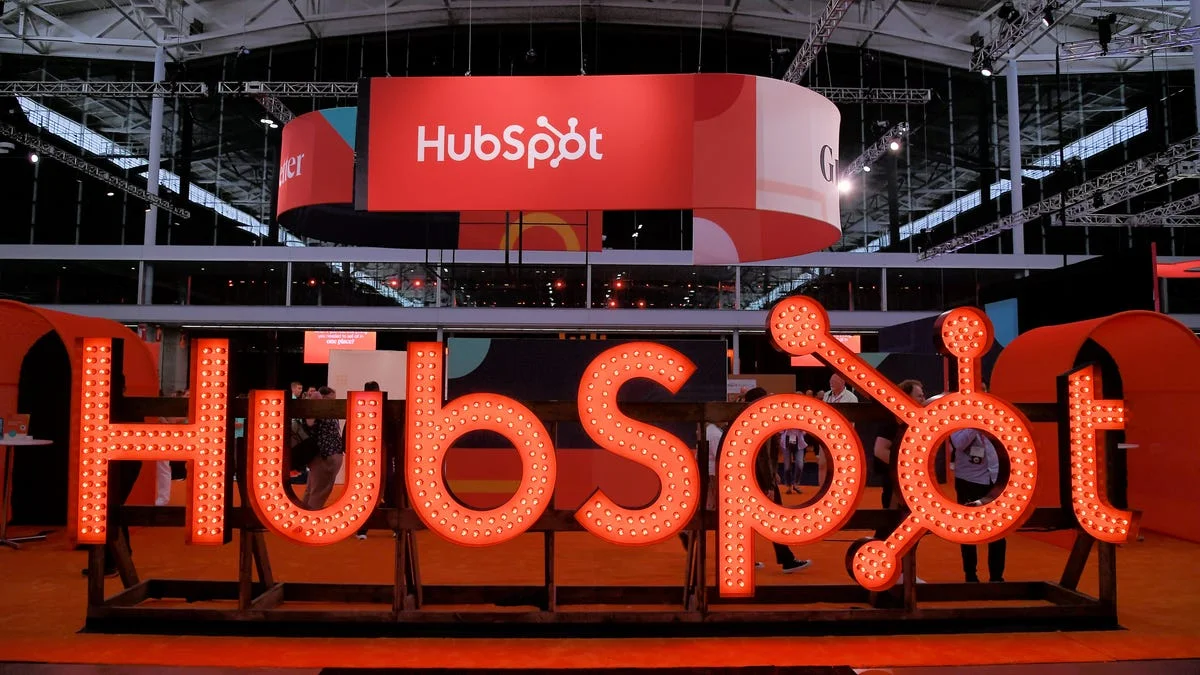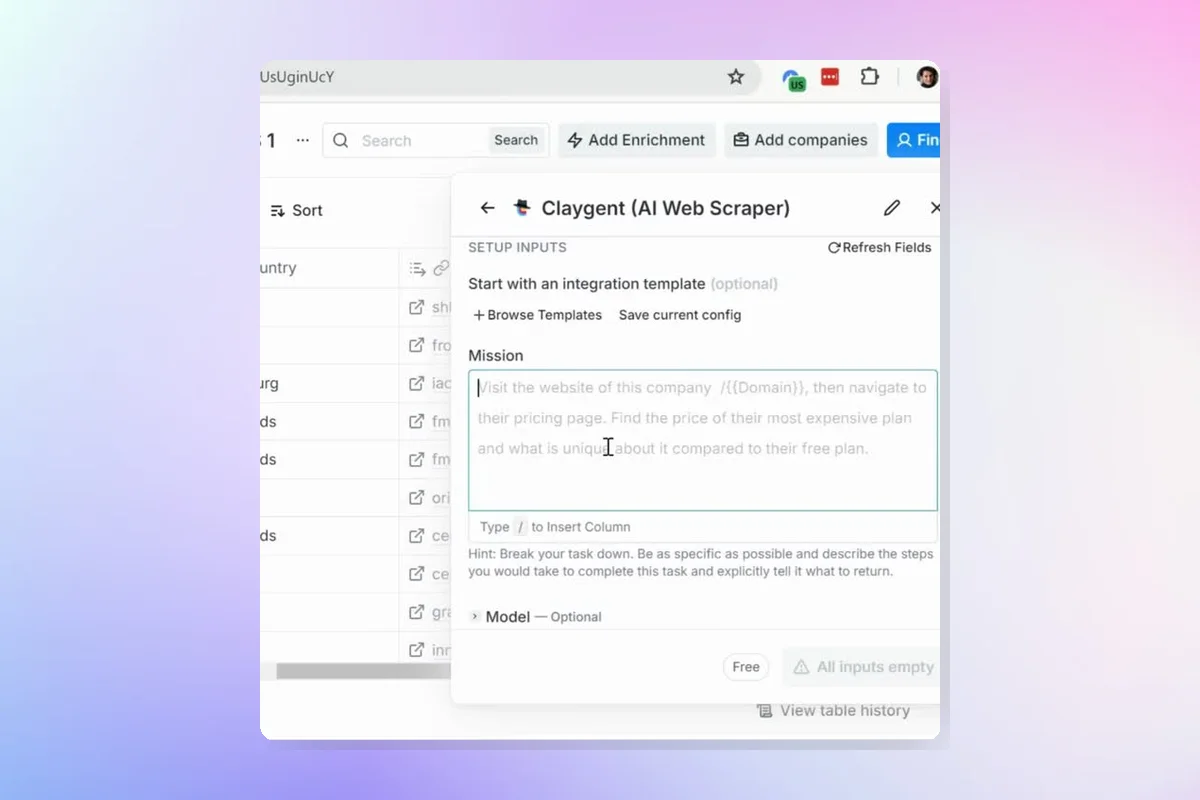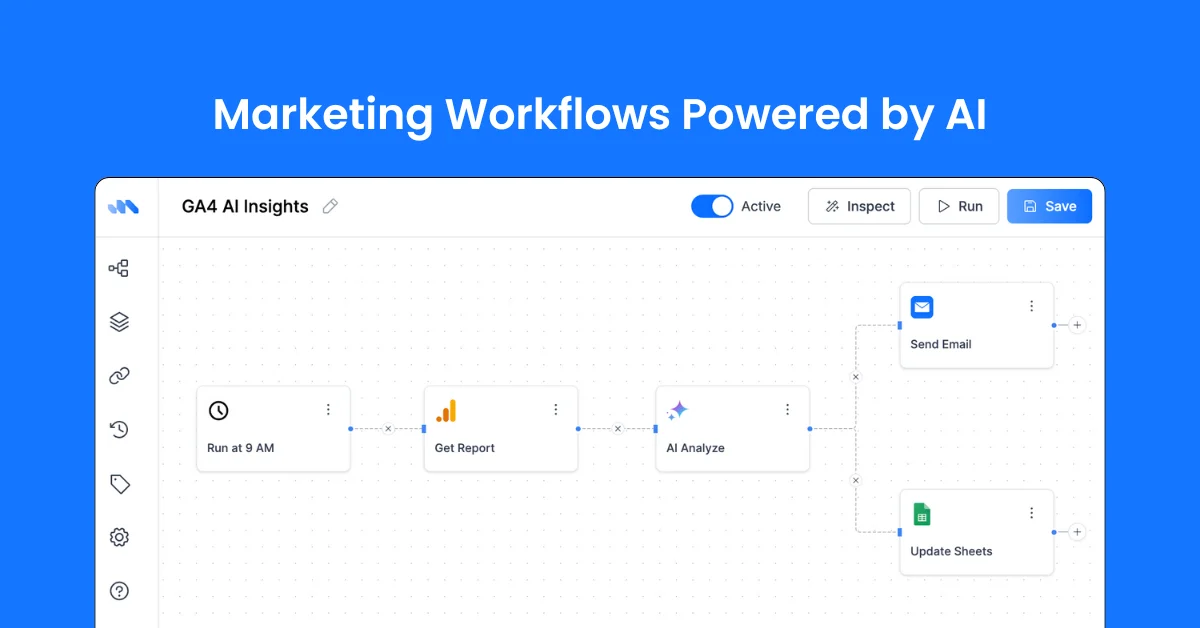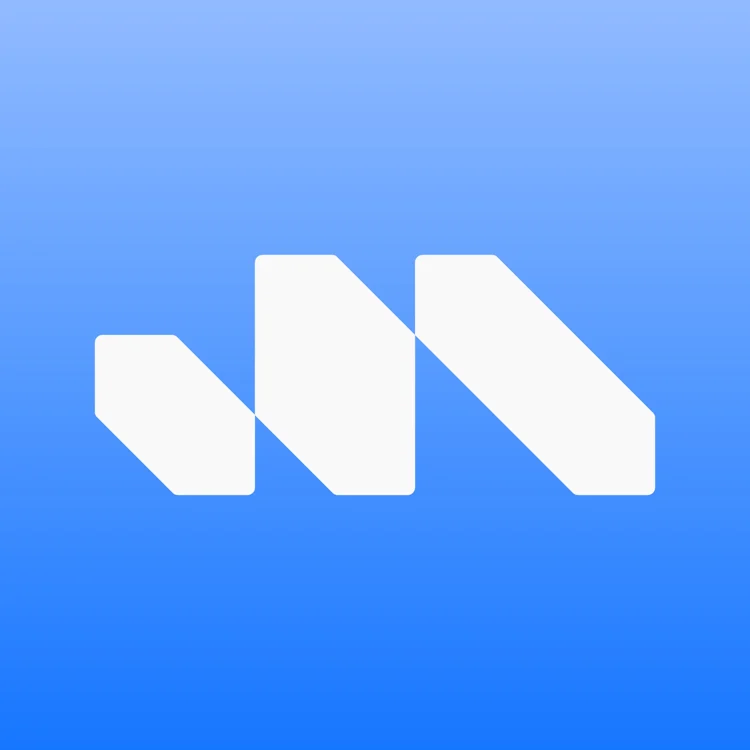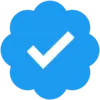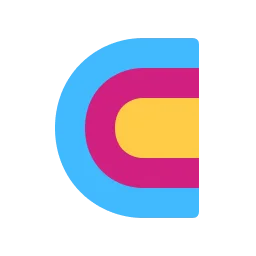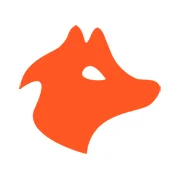Many agencies have been operating remotely or in a hybrid environment for years, facing challenges such as lack of face-to-face interaction, over-reliance on communication tools, and difficulties building team cohesion.
These challenges are exacerbated in matrixed teams where the account leader may not be the direct manager. Tools like CliftonStrengths and the Enneagram can help optimize remote teams by identifying individual strengths, fostering better communication, enhancing team cohesion, and building understanding between teams and clients.
CliftonStrengths
CliftonStrengths, developed by Gallup, helps individuals discover their natural strengths and how they lead through:
- Influence
- Strategic Thinking
- Execution
- Relationship Building
The assessment identifies 34 strengths, highlighting the top 5 for each individual. Each strength is associated with a color: blue (relationship themes), purple (execution themes), green (strategic thinking themes), and orange (influencing themes). A balanced team, especially in leadership, ideally has a mix of these colors.
Building a Balanced Team
During the interview process, candidates take the CliftonStrengths assessment to:
- Identify their natural gravitation.
- Understand their fit within the team.
- Guide final interview discussions.
Leadership teams benefit from diversity in strengths, leading to healthy debates and balanced perspectives. Strengths can evolve over time, but core strengths often remain consistent.
Building Rapport and Understanding
Sharing CliftonStrengths results openly within the team helps managers better manage their teams by understanding individual preferences and strengths. For example:
- A Futuristic thinker may need boundaries for day-to-day tasks.
- A Relationship-oriented person may focus on the human impact.
- A High Achiever may prefer working independently.
Practical steps include creating a strengths spreadsheet, conducting training for managers, and encouraging team discussions about strengths.
Importance for Remote Teams
Non-verbal communication, which constitutes 93% of communication, is challenging to interpret via video. Tools like CliftonStrengths help by:
- Allowing appropriate delegation of work.
- Helping team members understand each other's perspectives.
- Fostering trust and reducing misunderstandings.
Building Better Client Communication
Understanding team strengths helps in client interactions. For example:
- Clients who chat about personal matters may value Relationship Building.
- Clients focused on numbers may lean towards Execution.
- Clients interested in new ideas may be Futuristic thinkers.
Alternatives to CliftonStrengths
Other tools that can help understand team strengths include:
- The Enneagram Test: Identifies motivations and core beliefs, categorizing individuals into nine types.
- Hermann Brain Dominance Index (HBDI): Uses cognitive science to classify thinking styles as Analytical, Structural, Relational, or Experimental.
Bottom Line
Building remote agency teams is challenging, but tools like CliftonStrengths or similar assessments can help:
- Understand individual strengths.
- Foster better collaboration among peers and managers.
- Enhance client-agency relationships.

